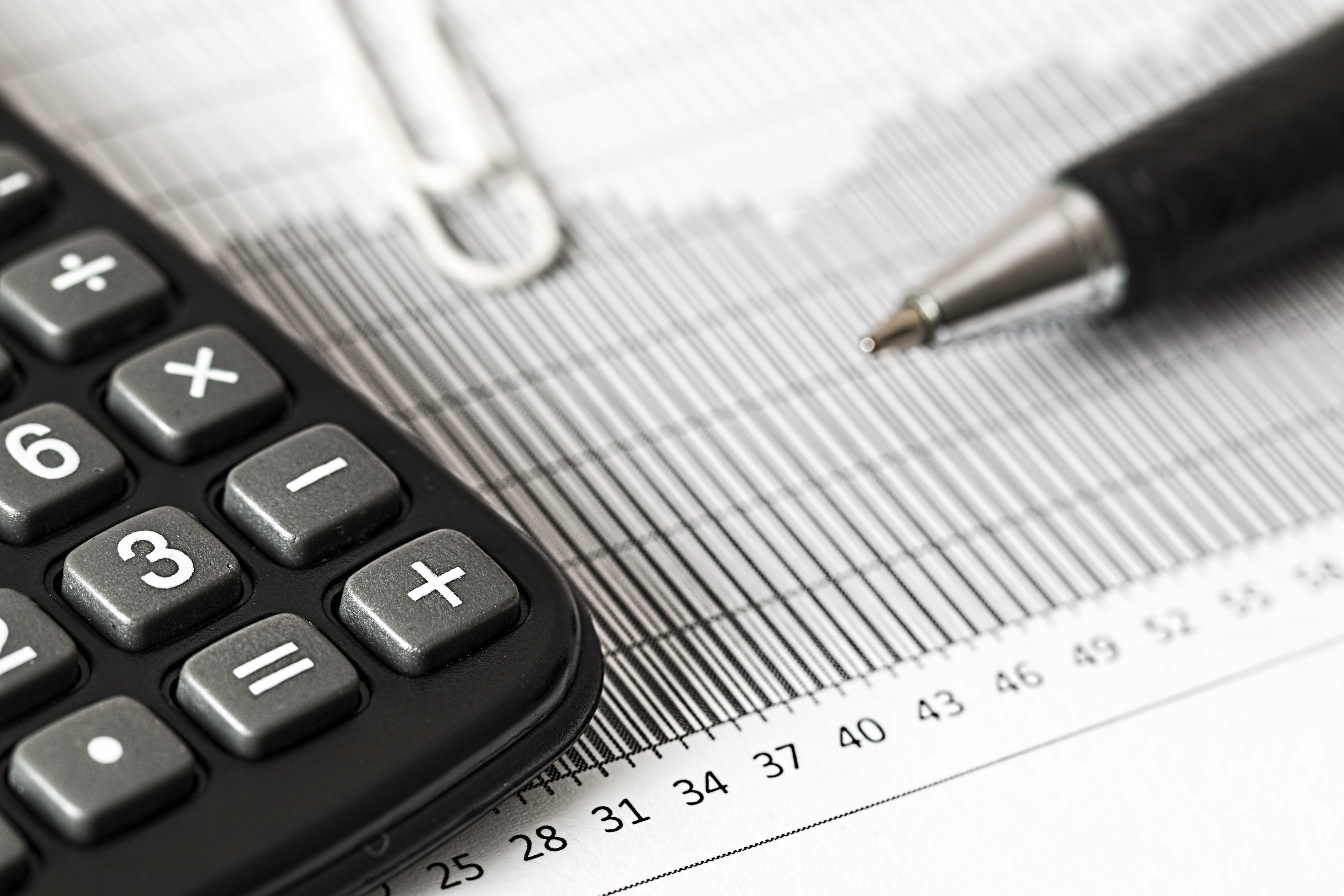For many people, filing a Self Assessment Tax Return is a daunting task.
We’d love to say that it shouldn’t be, but, in fact, there are a few costly mistakes that are commonly made by small business owners and Sole Traders.
We’ve rounded up a few of these errors to ensure you avoid fines or overpaying HMRC.
Missing information.
One of the most frequent slip-ups is the omission of crucial details about income.
Interest received on bank accounts is often overlooked, yet can add up to a hefty sum at the end of the tax year. Meanwhile, those who are still employed alongside running their own business, need to include their salary on the Self Assessment form.
You must declare every penny of your income, even if you have not invoiced for it or if it has not been paid yet. The only exception here is if you are filing your tax return on a cash basis.
Here is a full list of income you need to declare on your Tax Return:
- Income from employment.
- Interest and dividends from savings, bank accounts, building societies investments or Trusts.
- Pension income.
- Property income.
- Benefits, including maternity/paternity pay, Statutory Sick Pay (SSP) Jobseeker’s Allowance (JSA).
- Foreign income including evidence of tax already paid abroad.
- Capital gains.
- Employee share schemes.
- Dividends.
Mixed up codes and numbers.
There are a lot of codes, numbers and references to remember when you’re filing a Tax Return, so be sure not to muddle them up or get them wrong.
Firstly, check your Tax Code is right. Thousands of people each year could be paying more tax than they need to due to this simple error.
Meanwhile, you can find your Unique Taxpayer Reference (UTC) on any correspondence you receive from HMRC – it’s a 10-digit code.
You’ll also need to dig out your National Insurance number, which can be found on your NI card, any payslip or on your Government Gateway account if you have one.
Incorrect figures.
In a similar way, be sure to double check and then check again that the figures you’re inputting into the form are accurate. It’s so easy to miss a decimal or get your digits twisted.
We recommend getting a second pair of eyes to check over your form before you hit submit.
It’s also a good idea to get clued up on HMRC’s lingo, such as Gross Profit and Net Profit – these two are commonly confused for each other.
Forgotten deadlines.
You may feel an overwhelming sense of accomplishment when finally submitting that perfectly-crafted Tax Return, but please don’t let this distract you from actually paying the bill!
If you do miss the date, you will have to pay penalties that only get bigger the longer you delay.
Note down and revise these deadlines:
- 31 October – Deadline for submitting a paper return at the end of the tax year.
- 31 January (after the end of the tax year) – Deadline for filing a tax return online. For example, a tax return for 2017/18 tax year would need to be submitted online by 31 January 2019.
What happens if you do get it wrong?
We all make mistakes and to a certain extent, HMRC understands this. If you’ve noticed a mistake, you have twelve months from the submission deadline to correct it. Any changes are called ‘amendments’.
If you do need a hand with filling out your Self Assessment or filing your Tax Return, please do get in touch with us, we’re always happy to help and advise.

